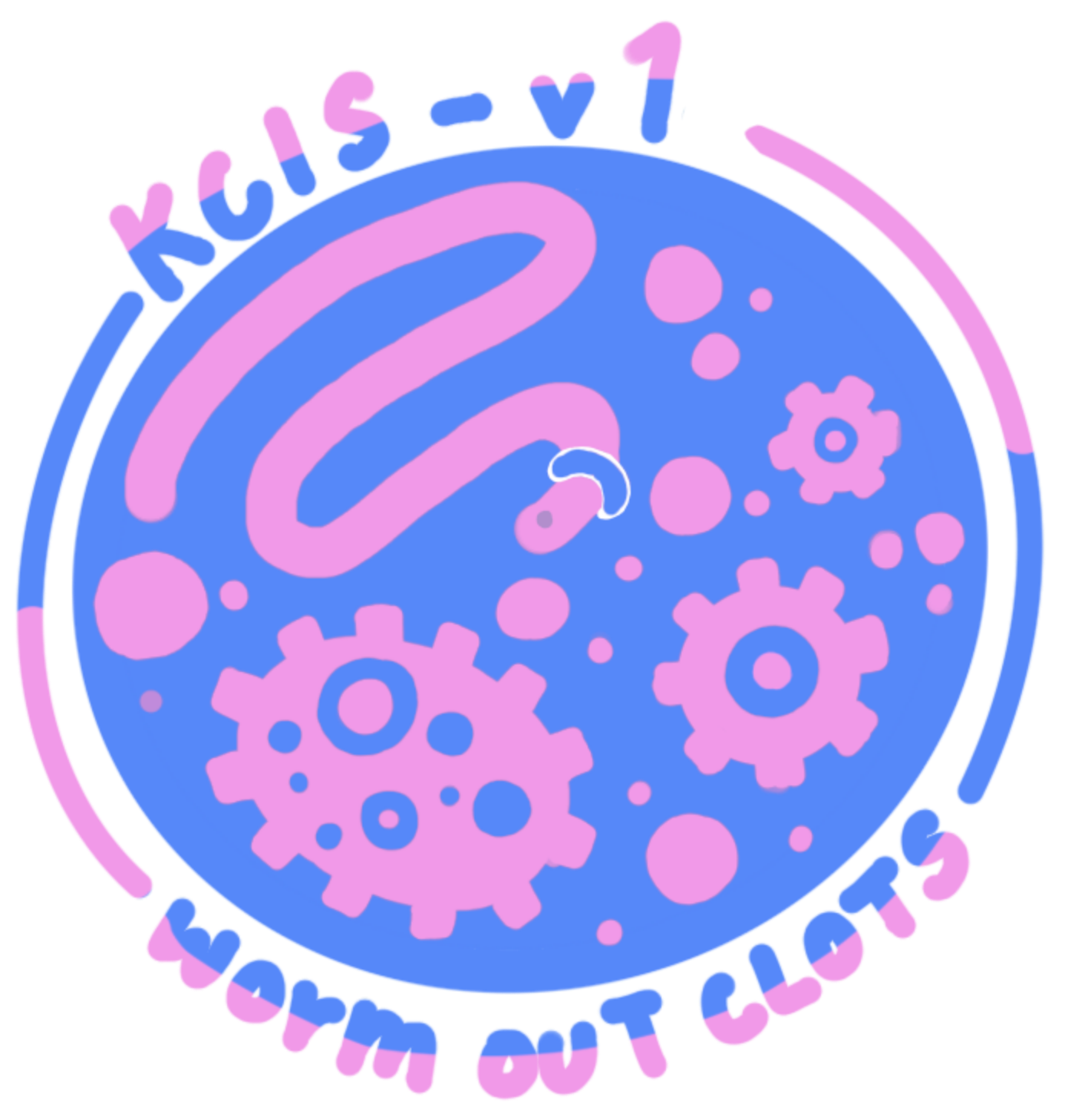
Build
Cycle #1 - Gene Fragment Cycle
After obtaining the Lumbricus Bistamus samples from a local Taiwanese farm, we separated the earthworms into two groups. Three of the worms were subject to fasting and dehydration before tissue extraction, while one other worm remained hydrated and had a normal diet consisting of the soils and its nutrients. A commercial kit was then used to extract the earthworms’ tissue. The commercial kit consisted of trizol, chloroform, isopropanol, DEPC-treated water, TAE buffer, and DEPC - treated water for the extraction of Lumbrokinase and to run the spectrophotometer, as well as the gel electrophoresis. The use of tissue grinders and glass pestle were also implemented in the gene fragment cycle.
Cycle #2 - Plasmid Cycle
(pGEM-T EASY vector → pET-22b)
Began with insertion of the Lumbrokinase gene into the pGEM-T EASY vector by using polymerase chain reaction (PCR) and ligation. Then we transformed the vector into E.coli DH5-alpha and selected it for ampicillin resistance based on our blue white screening results. Lumbrokinase gene was then transferred from the p-GEM T EASY vector to the pET-22b vector using restriction enzymes and ligation. Finally, the pET-22b vector was transformed into E.coli BL21(DE3) for performing blue white screening and into the third cycle of primer design.
- Ligation into pGEM-T EASY vector
- Transformation into E. coli DH5ɑ
- Colony PCR & culture preservation
- Mini extraction from the culture (positive clones of lumbrokinase in pGEM-T EASY vector for sequencing)
- Small scale restriction enzymatic check (the inserted section itself)
- Maxi extraction from the culture (cultivated positive clone in Amp+ LB broth overnight)
- Large scale restriction enzymatic reaction (produce a linear form of pET-22b with desired sticky ends for further ligation with lumbrokinase fragment which is digested from the pGEM-T EASY vector)
- Gel extraction
- Ligation to protein expression vector (pET-22b)
Cycle #3 - Primer Design Cycle
We designed an overlapping primer pair that contains a FadR regulator (BBa_K4673025) from two restriction sites, Xbal and Bglll, for overlapping PCR. Amplification of the FadR regulator from the E.coli genomic DNA was then performed using the two primer pairs. Further, the PCR product and pET-22b plasmid were cleaved by the two restriction enzymes and ligation of the FadR regulator into the pET-22b plasmid was completed using T4 DNA ligase. The resulting plasmid is finally transformed into E.coli BL21.
Our team used SnapGene to design a primer that can substitute the lacO site at the FadR binding site of pET-22b vector. The pET-22b vector is then transformed into E.BL21 where protein expression is induced using oleate.
Cycle #4 - BL21 and Protein Expression Cycle
We transform the two plasmids containing the Lumbrokinase gene and select for ampicillin resistance before confirming presence of plasmids using colony PCR. They are transformed into E.coli BL21 before the Lumbrokinase gene in the medium is induced by adding IPTG or oleate at a concentration of 500 micromolars for IPTG and 0 - 10 micromolars for oleate. The time and temperature was also varied, with induction time set from 0 to 24 hours and temperatures ranging from 25 to 37 degrees celsius.